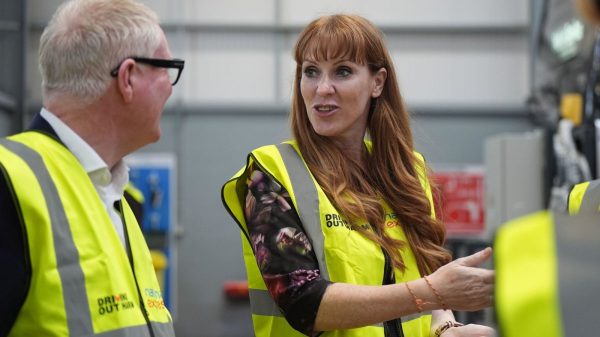A Call for Increased Accountability in Cycling
It was a dark wet night on Victoria Street in London. Whoosh and he was gone. Dark clothing, no lights and about 30mph around a bend with no registration number to follow up, having just missed me by about six inches.
Not that unusual for anyone in London. Every day we see cyclists ignoring red lights for pedestrian crossings and junctions while competing with each other to get through narrow and reducing gaps in congested traffic. Cycling is green, fun, and helps improve health. It is also more affordable than a car. It has everything to commend it. But too many cyclists ignore some simple rules designed to keep everyone safe – and not much is done about it.
The Impact on Pedestrians
Pedestrians are getting hurt: at least 462 in England and Wales in 2022, which has risen from 226 in 2006. The police are the source of these statistics. They do not attend every collision involving a cyclist and are often unaware if a pedestrian is hit and later seeks medical treatment.
Proposed Solutions
I’ve wondered, why do cyclists ignore the rules? I suspect it is a mix of reasons. Sometimes the rules seem restrictive and unnecessary. Sometimes they are in a hurry and take a chance and most of the time there is no bad outcome. I suspect the major reason is that they believe there will be no consequence for breaking the rule. The best deterrent is the risk of detection, and they know they are very unlikely to be identified unless they seriously hurt someone else.
The long-term solution is to produce a similar accountability for cyclists that exists for motor vehicles. This involves the licensing of drivers, registration of vehicles, testing of vehicles, and insurance.
Implementing Accountability Measures
- Add registration marks to bicycles for identification
- Consider licensing for cyclists, potentially linked to existing driving licenses
- Mandate insurance for cyclists to cover damages caused on the roads
Lord Hogan-Howe, a crossbench peer and former Metropolitan Police commissioner, emphasizes the need for these measures to address the issue of accountability in cycling.
None of the options proposed above is straightforward, but it is an unacceptable risk to ignore the problem and hope it will go away.
















































